“I have no special talents. I am only passionately curious.” ― Albert Einstein
Curiosity is the engine of education, fueling growth of the mind in students. Children have a neurological desire to seek answers, when confronted with a gap of knowledge. Therefore, it is crucial that educators encourage their students to be critical thinkers, always wanting to seek more knowledge. We as educators cannot allow our lessons to be driven by success and grades, as that dynamic impedes the growth of our students. In Jewish education specifically, this results in reduced curiosity, resentful feelings, and dulled minds in relation to our most sacred possession: our spiritual inheritance. To create intrinsic motivation and positive associations with our ancient wisdom, perhaps we need to reconnect with curiosity and infuse it into our Judaic disciplines.
To that end, we can utilize the research of Todd Kashdan, who concluded multiple studies to reveal five dimensions of curiosity:
Curiosity engages intrinsic motivation, meaning that rather than offering external rewards, a student develops the innate desire to learn. This causes the students to want to explore material on their own without the teacher, despite not every dimension of curiosity attracting each child. In Judaic Studies, curiosity becomes important as intrinsic motivation will enhance a student’s internalization of Jewish wisdom and values. Therefore, a part of Judaic Studies unit and lesson planning should include thinking about which of the five dimensions of curiosity will be baked into the plan.
Joyous Exploration flows from good educational hooks that begin well-structured classes. Some examples include a competitive or cooperative treasure hunt, gamification with hidden aspects, or seeing perusing an online map of Israel during the Tanakh era.
Deprivation Sensitivity stems from a gap in understanding that cannot be addressed by simple explanations. Why would God command kindness while commanding Bnei Yisrael to kill the seven nations in Canaan? Is a glass-walled sukkah kosher; why or why not?
Stress Tolerance has the greatest connection with positive mental health, autonomy, and meaning in life. This type of curiosity needs supports and modeling so that students can develop the ability to persist in finding solutions without becoming frustrated. Some examples include solving a puzzle that spans many classes or developing good habits in note taking.
Social Curiosity is an aspect that few teachers encourage and fewer teachers use in assessing student knowledge. In order to discuss bullying, ask the students in groups to respond to the question, “If I were to give advice for the best way to embarrass someone publicly, what ways could I suggest? Give at least five ways.” Then ask them to explain why each method would embarrass the victim. Or, “How do you pick a victim for maximum effect and minimum ‘kickback’?” Then share sources about how our tradition views purposefully embarrassing others and have the students suggest ways as individuals or as a group to use their social intelligence to stop this from happening.
Thrill Seeking students often enjoy the same emotional set as first-line responders and entrepreneurs, become more focused under stress and appreciate a safe scare. In a Judaic Studies class, one could design a high-stakes game or outdoor timed treasure hunt seeking clues to solve a textual problem or gain understanding of a commentary’s cryptic message. By creating a set time and competition, you can increase the thrill factor.
Understanding how to infuse a class with curiosity also allows teachers to make students more autonomous and in control. Like all risk-taking ventures, teachers may expand their skills by experimenting with new class designs and a focus on what students find interesting. It can also make the teacher a role model for curiosity: a form of leadership that benefits every student.

